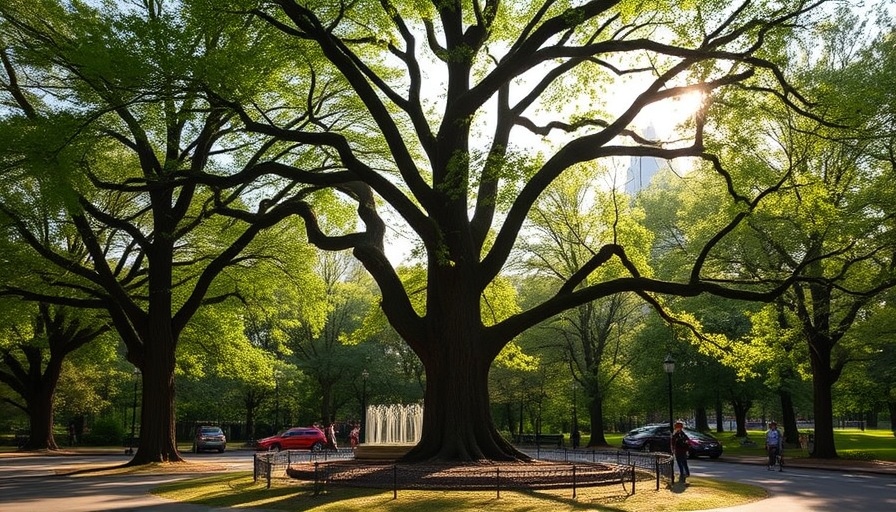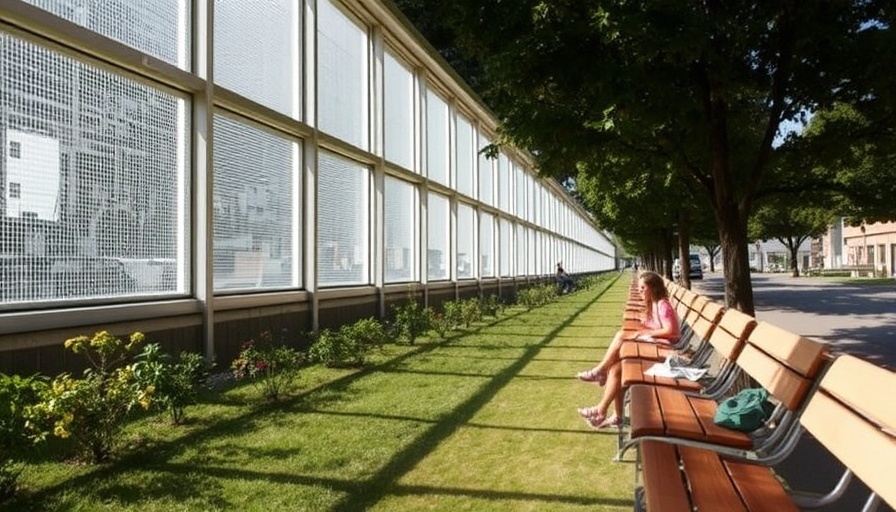
Why Counting Trees in New York Matters
New Yorkers are taking on the quiz of counting and rating the city's trees, an initiative that goes beyond just numbers; it's about fostering a deeper connection between the community and their environment. The New York City Trees Count, a massive undertaking bi-annually, involves volunteers visiting parks like Marcus Garvey Park, measuring trees and giving each one a grade to assess its health. As urban dwellers increasingly recognize the importance of green spaces, this initiative symbolizes a growing appreciation for the natural environment amidst the concrete backdrop of the city.
The Volunteer's Perspective: More Than Just Counting Trees
Volunteering for such a census is not merely about the task of counting for many participants but rather an act of reverence towards nature. Volunteers, like those led by Sherlan Greaves, often find themselves emotionally invested in the trees they are rating. The simple act of assessing a tree's health creates a bond—a sense of responsibility and pride. With terms like ‘trying its best’ to describe the trees, these volunteers are creating positive narratives that counteract the potential for environmental despair in urban settings.
Historical Context of Urban Trees and Their Importance
The tradition of counting trees in New York dates back to 1995, but it reflects a much older concern for the urban forest's health, akin to environmental conservation movements seen worldwide. Trees provide essential benefits, such as air purification, temperature regulation, and enhanced well-being for residents. With countless studies showing the mental health benefits of green spaces, New York City's tree count can be seen as a modern approach to urban ecological sustainability. As the urban population expands, these trees will play a crucial role in ensuring a livable future.
Modern Tools in Traditional Practices: The Tech Behind the Trees
Innovations in technology, such as ground-level Lidar scanning, showcase a blend of the old and new. While the upcoming tree count will utilize this technology to identify the location of street trees, the park trees will still require the human element of volunteering to assess their well-being. Despite the potential for tech to provide quicker counts, there is a clear intention to foster community engagement, which ultimately strengthens urban environmental stewardship.
Community Connections: Why This Matters to Homebuyers and Investors
For homebuyers, sellers, and property investors in Dumfries, the initiative reflects a larger trend towards valuing neighborhoods with strong community ties and environmentally conscious practices. Understanding the health and presence of trees in a neighborhood can influence property values positively. Moreover, as communities become engaged in sustainability efforts, these investments become not just financially sound, but also ethically responsible and aligned with modern living standards. Trees are not just features of urban beauty—they're integral to the overall well-being of communities.
Engaging with Nature: The Takeaway for Eco-Conscious Individuals
For those in pursuit of sustainable living solutions, such initiatives serve as inspiration for introducing greenery into their residential designs. The very act of mapping and caring for trees can motivate individuals to adopt eco-friendly materials and practices in their own homes. By quantifying and valuing nature, residents have the power to influence change within their living spaces, pushing the boundaries of interior design towards an even greater embrace of natural elements.
As you think about the value of trees in urban settings and your own environment, consider how this awareness can inform your decisions as a homebuyer, seller, or investor. By choosing to engage with and support eco-friendly community initiatives such as the NYC Trees Count, you not only enhance your living experience but contribute to a sustainable future for all.
 Add Row
Add Row  Add
Add 





Write A Comment